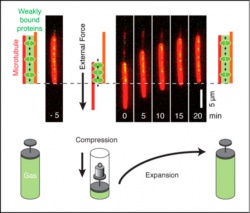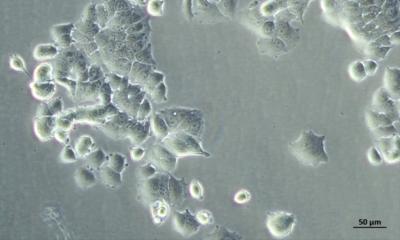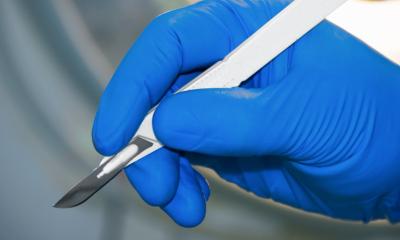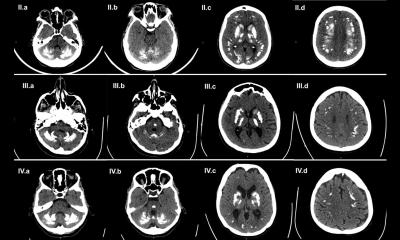Biomolecular force generation based on the principle of a gas spring
The mechanical basis of mitosis has only been understood in fragments so far. Scientists at Technische Universität Dresden have now been able to add another piece to the puzzle of cell biological mechanisms, as they report in the latest issue of the renowned scientific journal “Cell” .

When cells divide, their genetic information is passed on to both daughter cells in a highly complex process. Thereby, an important role is played by small, cylindrical protein tubes, called microtubules. They form the scaffold of the spindle apparatus helping to distribute the genome in the chromosomes to the two daughter cells when cells divide. Besides their mission of docking onto the chromosomes directly and pulling them apart, microtubules are also of great importance for stabilizing the spindle apparatus. To this end the microtubules overlap at the centre of the cell, connecting the opposite spindle poles. When cells divide, it can be observed that these overlapping microtubules are initially made to slide in relation to one another by so-called motor proteins, but then stop before actually separating. Until now, scientists have only been able to explain the mechanism that inhibits their movement and stops the sliding in parts.
In cooperation with scientists from the Netherlands (Wageningen University and AMOLF), an international group of scientists around Professor Dr. Stefan Diez (Heisenberg Professor at ZIK B CUBE – Center for Molecular Bioengineering at TU Dresden, and group leader at the Max Planck Institute of Molecular Cell Biology and Genetics) has now been able to show that a well-known principle of physics is also relevant in biology: Weakly binding proteins which preferably accumulate between overlapping microtubules behave like diffusing gas particles in a closed container. Those gas particles respond with rising pressure to a reduction in volume. This simple principle, as familiar from the ideal gas law as it is from common household bicycle pumps, is also how the weakly binding proteins create an ever growing counter-pressure between the overlapping microtubules as they slide apart. This causes the movement to decelerate and stops the sliding. This biomolecular mechanism corresponds to the principle of a gas spring .
The scientists have been able to demonstrate this mechanism in experiment and theory. They have also successfully managed to directly measure the resulting forces by means of optical tweezers. And they have finally been able to show that the gas-like pressure of the weakly binding proteins is strong enough to compensate the power of the motor proteins and keep the overlapping microtubules from falling apart.
This not only means that a minimal mechanism for stabilizing overlapping microtubules has been found and experimentally proven, but also that a further generally applicable mechanism has been added to the repertoire of cell biological mechanisms of action.
Original publication:
Zdenek Lansky, Marcus Braun, Annemarie Lüdecke, Michael Schlierf, Pieter Rein ten Wolde, Marcel E Janson, Stefan Diez, Diffusible crosslinkers generate directed forces in microtubule networks, DOI:10.1016/j.cell.2015.01.051
Source: Press release Technische Universität Dresden
06.03.2015











